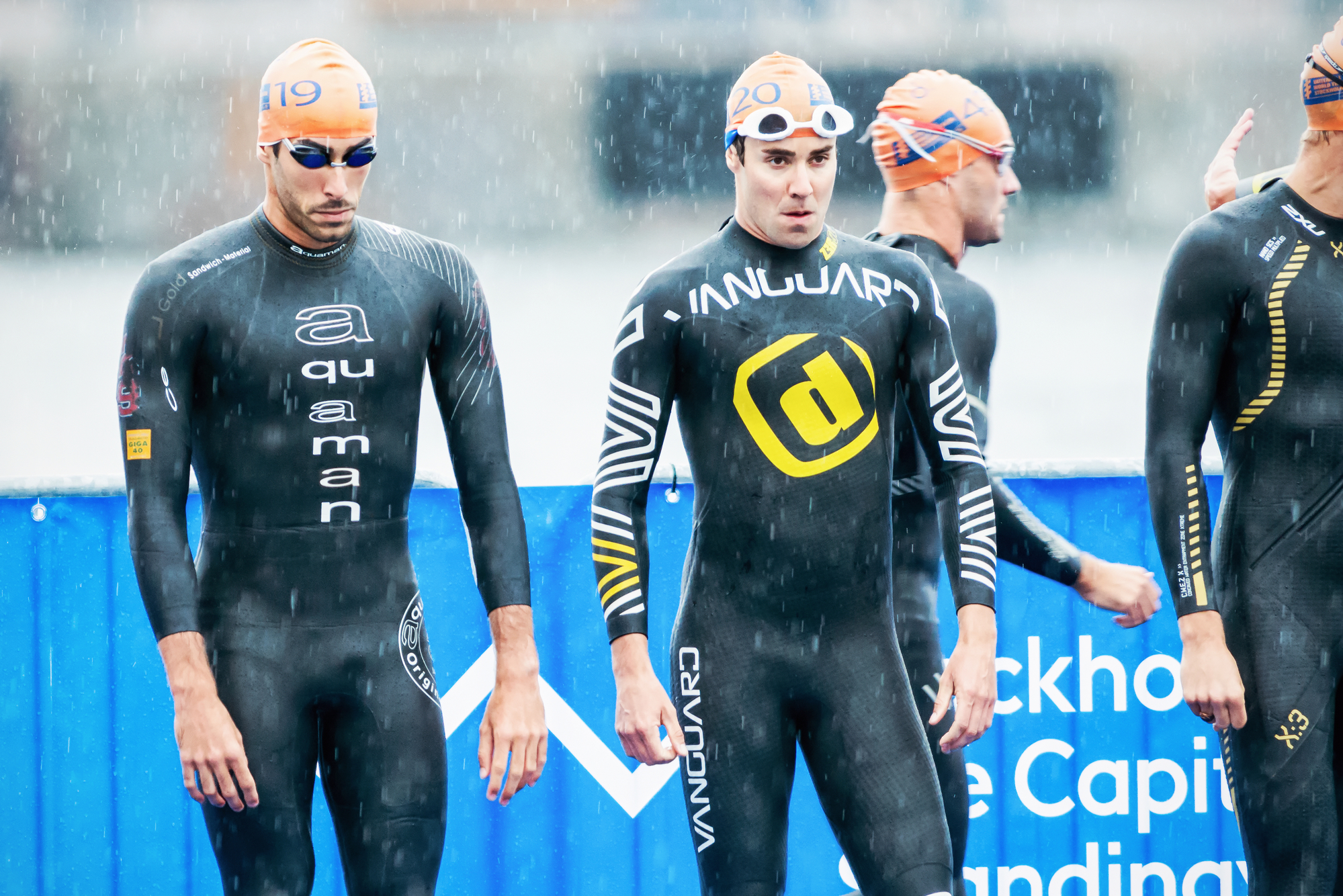
Endurance racing is about process, controlling the controllable’s, managing pace, managing nutrition. That said, things go wrong, some unforeseeable, but for many adversities we can prepare ourselves so we can respond positively should they occur.
For some it is about determining a mindset so that our fears and worrisome or panic traits do not cause us undue and avoidable stress. For other is it about designing predetermined a process or strategy to execute should the unexpected it occur.
Mindset can be applied to scenarios that are uncontrollable but would impact other athlete. For these it is about acknowledging that others will be going through the same challenge, some better equipped, some less. Being mentally prepared for these will put you one step ahead of most. Some times a strategy is required, other times it is purely acceptance that you will endure and get through.
Here are some examples you may wish to work through and determine your mindset should they occur before or during your race:
- Bad weather – Wind and/or rain can impact your race, remember it affects the whole field. Realistically it may impact a personal best, but should have less impact on your position in the field.
- Accident of other competitor who may need help. Do you stop and help, do you continue and send help from next aid station? Do you stop and determine how serious it is then decide?
- Course change – A course change will impact all, the bottom line is that you can follow others, or follow the lead car. No real need to panic, just absorb the details you can, without undue stress.
- Start time change – Again this impacts all, stay calm, hydrate, rest, follow instructions of organisers
- Cancellation of a race leg – Think the changes through, how should you adjust pacing, nutrition?
- Night / Cold / Heat – Like weather, be prepared for cold, heat should there be a chance of extremes. Special needs / bag drops can be useful. Stash an extra top, head lamps, sun protection, ice towels just in case.
Other “What If’s” are predictable and are likely to happen in your racing career. It is best to think these through and have a process or strategy to run should they occur:
- Puncture(s) – Know how to fix, and have a clear process to follow so you can execute efficiently and not have to double-check everything.
- Mechanical – Think how you will respond to a mechanical failure on the bike. Two types, fixable and unfix-able. If unfix-able, ask other athletes to send a mechanic back if they see one, or wait for sag wagon.
- Fuel dropped – If you drop you fuel, decide in advance if you will stop and retrieve, or continue on using aid station nutrition. There may be different responses depending on stage of race.
- Penalty box – We do get pinged, sometimes it isn’t our fault. Best not argue with the draft buster or penalty box official as you will not win, but could be disqualified! Stay calm and use the stop time to reset, catch-up on hydration and nutrition thus limiting losses. Don’t play catch-up, it always ends badly due to unsustainable pacing. If you feel you have a case to argue, do it after the race.
- Blisters – Have ways to manage blisters, especially if there is a chance of rain. Blister band aids, vaseline and spare dry socks in your drop bags and transition bags.
- Bad day or phase – We all have bad days and bad phases, but some are worse that others. My suggestion is slow down and regroup. Frequently the energy and mindset returns, sometimes it becomes a survival game and you just need to finish at any pace you can. If this isn’t you “A” race you might want to bail and recover well for the priority day?
- Special needs fail or aid station error – Sometimes we don’t get what we need at the aid station or special needs, yes it happens often! Predetermine if you are going to stop and seek out what you need, continue and hope the next station can supply or adjust to an alternative nutrition or hydration source.
The above are situations I have faced in races. There are many more depending on your fears, skills and capabilities. I highly recommend spending and hour to extend this list with your experiences and fears, then predetermine your individual response to all.
When going long it is always best execute a process, for the whole race, and in situations. The “go hard or go home” and “no guts, no glory” is saved for the last phases of each disciple, especially the last leg.
